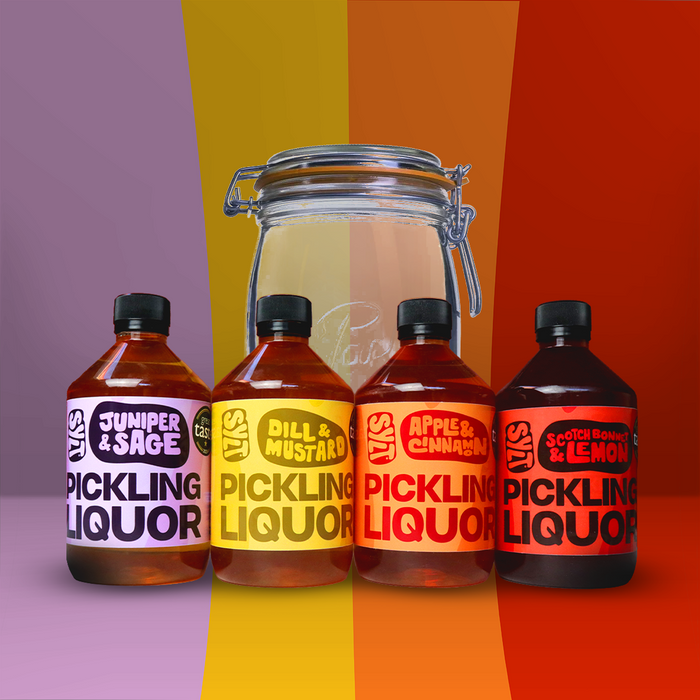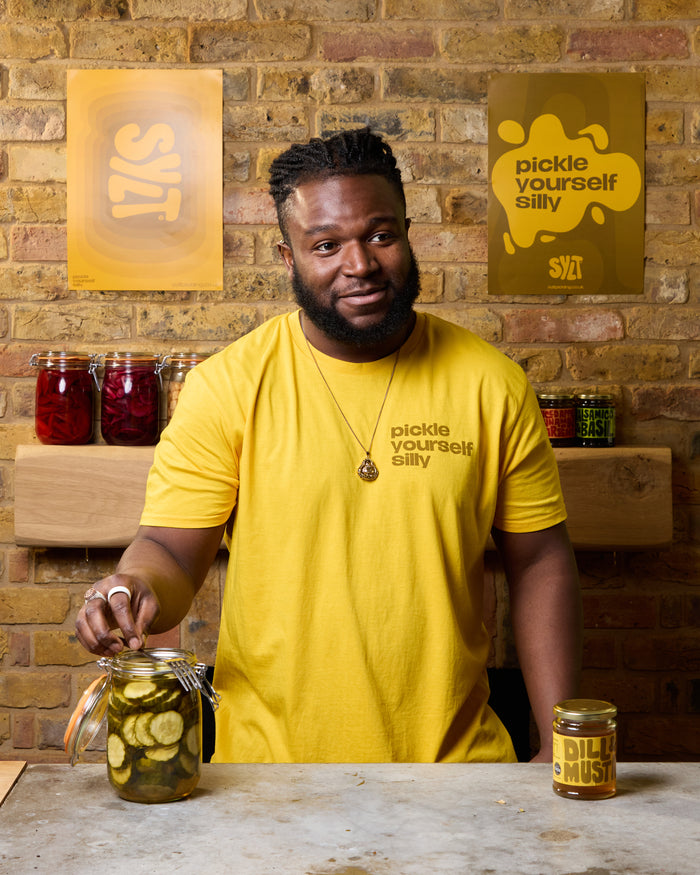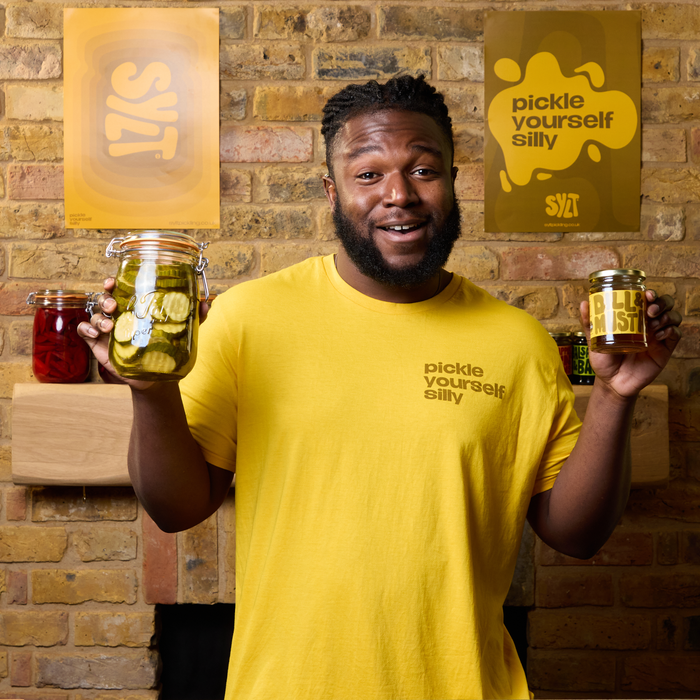How to Make Pickles: A Beginners Guide to Pickling
What Vinegar to use for Pickling
Let's start with the basics: pickling vinegar is a staple in many kitchens, especially for those who love to preserve the fresh bounty of vegetables and fruits. The key facot is that your pickling vinegar has the right acidity level, to ensure that the produce you are pickling becomes well-preserved and safe to consume later. The process of pickling can add a unique flavour to your vegetables, and using the right kind of vinegar is crucial. Thankfully, when using Sylt for your pickling endeavours, you do not need to worry about the preservative qualities of the vinegar, as we have taken care of that for you, leaving you with only one decision to make: what flavour you want.
How to make Pickling Vinegar
When it comes to how to make pickling vinegar, it's quite a simple process. Couldn’t be simpler, in fact, since you don’t need to worry about making it at all – we have already made it for you. At Sylt we like to think our pickling liquids offer something truly "next level". Our range of pickling liquids give you a fantastic variety of different flavour profiles, with the vinegars we use as base curated to compliment each different flavour. All of the pickling liquids come ready to use straight out of the jar, so you can dive straight in and start experimenting with flavours.
Spiced Pickling Vinegar
For those who want a bit more punch in their pickles, look no further than our three spiced musketeers – Scotch Bonnet & Lemon, Spiced Apple with Cinnamon & Cardamom and Dill & Mustard. These three have been developed to cover three different areas of the spice spectrum: heat from the scotch bonnets, warmth and depth of cinnamon and cardamom and the bright tang of mustard.
What is Best Vinegar for Pickling
When it comes to pickling vinegar in the UK, malt vinegar is the traditional choice, think your classic British pickled onions. Here at Sylt, we have opted to go for a more adventurous vinegar selection in our pickling liquids, with each flavour being paired with the optimal vinegar both in terms of flavour and preservative qualities.
These are the vinegars we use:
Red wine vinegar – Scotch Bonnet & Lemon.
White wine vinegar – Dill & Mustard, Juniper & Sage.
Balsamic vinegar – Balsamico & Basil.
Apple cider vinegar – Spiced Apple.
Different Pickling Ideas
At Sylt we have a variety of recipes and techniques to use as a base for your creations. Check out our recipe page and if you have created something wonderful using our Pickling Vinegar please let us know.
Finally, we have some tips on technique, to help you get the most out of your pickling, Ensure your jars and lids are sterilised properly before use – either in a water bath or in the dishwasher (hot cycle). The produce should be relatively fresh (i.e. not gone soft/mushy) and prepared in a way that allows the vinegar to penetrate effectively, normally this means chopped or sliced.
In conclusion, whether you’re making a classic dill pickle, a pickled onion or venturing into spiced pickles, the pickling liquid you choose will greatly influence the end result. Experiment with different types of vinegar and spices to find the blend that works best for you. Remember, pickling isn't just about preserving food; it's also an art that allows you to create flavours that can enhance your meals throughout the year.
Pickling Recipe
Creating pickled vegetables or fruits is an excellent way to preserve the harvest and enjoy flavourful condiments year-round. The key to a good pickle is the pickling vinegar and the spices you choose. Here’s a step-by-step guide on how to use Sylt pickling vinegar to make your own delicious pickled treats.
Selecting Your Vinegar: The first step is deciding what pickling vinegar to use. Sylt has a great range to choose from with spicy, sweet and aromatic options depending on what you are looking to achieve.
Step by step Pickling Instructions:
- Sterilise your jars and lids by washing them in hot water for 10 minutes.
- Prepare your vegetables or fruits by washing and cutting them into the desired shapes and sizes.
- Pack the produce tightly into the jars.
- Pour your choice of Sylt pickling liquid over the produce in the jars, ensuring that it covers completely.
- Use a knife to release any air bubbles trapped in the jar by gently moving the produce around.
- Seal the jars and store them in a cool, dark place ideally for at least a few days before opening to let the flavours develop.
- Let us know about your creation! (optional but encouraged)



